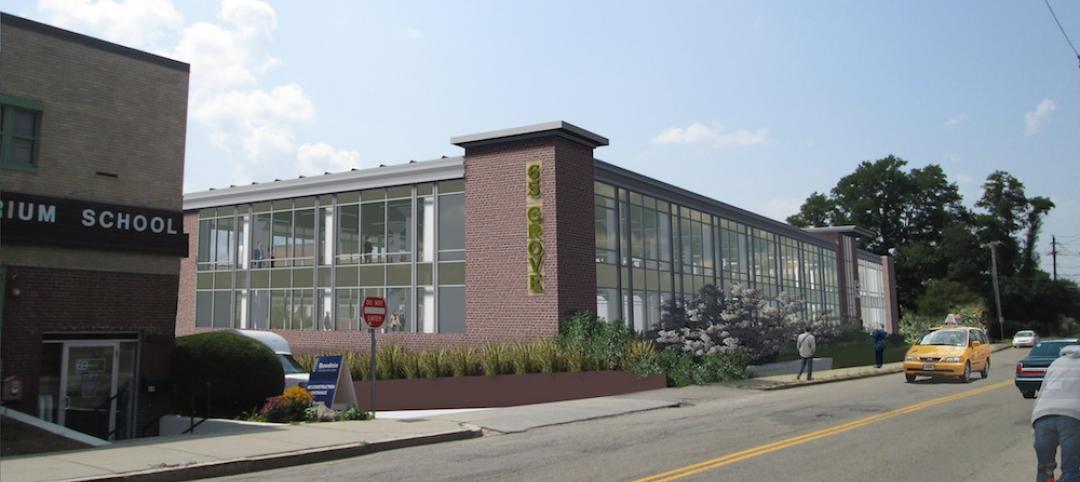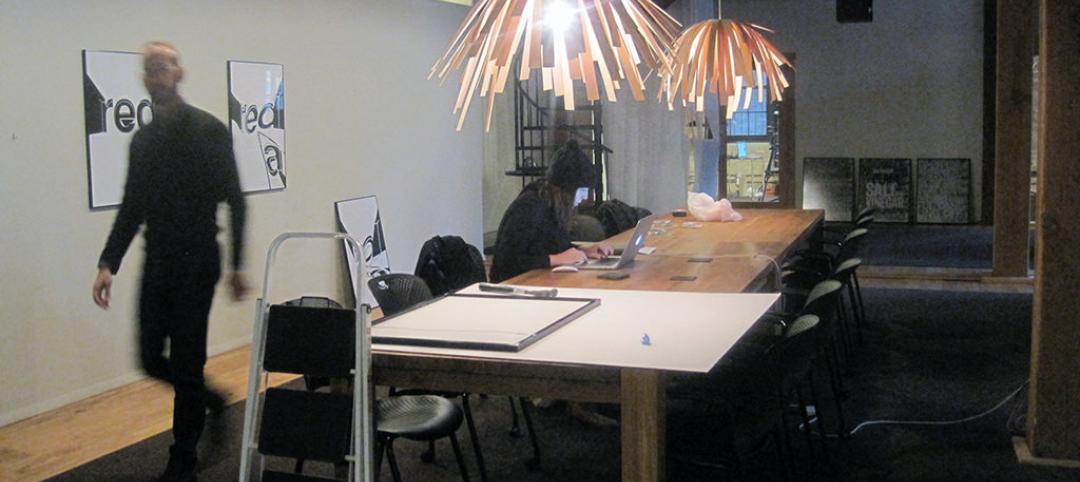The recently released International Construction Costs report, published by Arcadis, details the relative cost of building in 44 of the world’s major cities across 13 building types.
As part of the report, the top 10 most expensive cities in the world to build in are outlined, and a U.S. city is at the top of the list. New York led the way among all cities for construction costs, according to the report.
“New York rises to the top globally once again due to a lack of real estate availability, accessibility issues, and high real estate prices,” says David Hudd, Arcadis Cost and Commercial Director, in a release. ‘To build in such a dense urban environment like New York City, you must find solutions to control costs, such as expertly handling storage, transport and staging of building materials, identifying skilled construction firms and labor far in advance, and implementing modularized construction.”
New York isn’t showing any signs of slowing down either in terms of construction costs. The city is expected to remain the most expensive to build in into 2017 and beyond as large-scale construction projects and international investors drive development. The Big Apple is almost 50% more expensive to build in than the national average and is even 20% higher than other major and expensive cities such as Chicago, Los Angeles, Seattle, and Boston.
For the U.S., San Francisco is the second most expensive city to build in because of its cramped environment, rigorous seismic requirements, and competition for contractors.
In terms of worldwide construction costs, Hong Kong is in second place, followed by Geneva, London, and Macau. The entire top 10 list is as follows:
- New York
- Hong Kong
- Geneva
- London
- Macau
- Copenhagen
- Stockholm
- Frankfurt
- Paris
- Vienna
For the full report, click here.
Related Stories
Industry Research | Feb 8, 2016
Changing of the guard: Big cities giving way to newer, less expensive offerings
U-Haul truck rental costs are a good early predictor of migration trends in the U.S.
Multifamily Housing | Feb 2, 2016
10 top bathroom design trends for 2016
Floating vanities, tricked-out showers, and freestanding tubs highlight the top bathroom design trends, according to a survey of kitchen and bath design professionals by the National Kitchen and Bath Association.
Multifamily Housing | Feb 1, 2016
Top 10 kitchen design trends for 2016
Charging stations, built-in coffeemakers, and pet stations—these are among the top kitchen design trends for the coming year, according to a new survey of kitchen and bath designers by the National Kitchen & Bath Association.
Market Data | Jan 20, 2016
Architecture Billings Index ends year on positive note
While volatility persists, architecture firms reported healthy performance for 2015.
Industry Research | Dec 23, 2015
Meet the world’s next great construction superpower
There’s a new world construction hotbed coming down the pike (more specifically, the Mumbai Nashik Expressway), and it could mean a major boon for AEC firms.
Industry Research | Dec 21, 2015
Experts predict commercial real estate trends for 2016
Midwest Experts Predict Commercial Real Estate Trends for 2016, according to real estate communications firm TaylorJohnson.
Industry Research | Dec 17, 2015
The 2016 commercial construction market: A contractor’s view
The CFO of Tocci Building Companies forecasts the outlook for commercial and institutional construction in 2016.
Office Buildings | Dec 9, 2015
HOK collaborates with IFMA on new workplace strategy research report
Report cites work-life balance as the top reason for implementing “distributed work” strategies.
Industry Research | Dec 8, 2015
AEC leaders say the 'talent wars' are heating up: BD+C exclusive survey
A new survey from Building Design+Construction shows that U.S. architecture, engineering, and construction firms are being stymied by the shortage of experienced design and construction professionals and project managers.
Market Data | Dec 7, 2015
2016 forecast: Continued growth expected for the construction industry
ABC forecasts growth in nonresidential construction spending of 7.4% in 2016 along with growth in employment and backlog.














